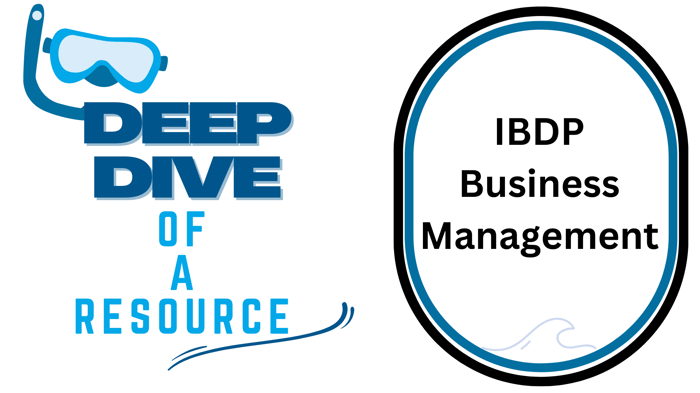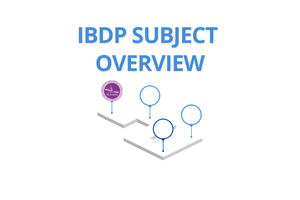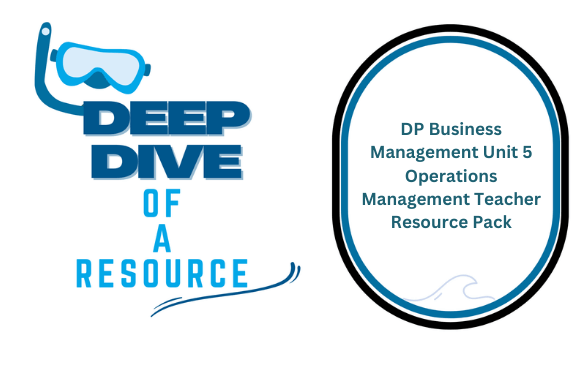Table of Contents
Introduction
1. Supporting Teachers in Teaching Subject-Specific Content
Example 1: Business Objectives and Strategy (Page 84, Unit 1.3)
- How it Helps Educators: This section breaks down profit, growth, sustainability, and ethical business objectives, essential for understanding how businesses shape their strategies.
- Classroom Application: Teachers can engage students in case studies of real-world businesses and their changing objectives over time, helping students analyze business decisions from an IB perspective.
Example 2: Human Resource Planning and Organizational Structure (Page 144, Unit 2.2)
- How it Helps Educators: Explains organizational structures, chain of command, and delegation, with real-life corporate examples.
- Classroom Application: Instructors can create role-playing exercises where students act as HR managers restructuring a company, reinforcing decision-making skills.
Example 3: Financial Statement Analysis (Page 308, Unit 3.5)
- How it Helps Educators: Covers profitability and liquidity ratios, ensuring students can interpret financial health using quantitative analysis.
- Classroom Application: Teachers can introduce financial case studies, allowing students to apply ratio calculations to real business data and evaluate financial performance.
2. Supporting Students in Mastering the Subject
Example 4: Marketing Mix – The 7Ps Framework (Page 424, Unit 4.5)
- How it Helps Students: Breaks down the 7Ps (Product, Price, Promotion, Place, People, Process, Physical Evidence) with IB exam-style questions.
- Mastery through Practice: Students can analyze marketing strategies of major brands and propose adjustments based on IB Business Management principles.
Example 5: Crisis Management and Contingency Planning (Page 534, Unit 5.7)
- How it Helps Students: Introduces business continuity plans and how organizations prepare for economic downturns, PR crises, and supply chain failures.
- Deep Learning: Includes IB-style evaluation questions, where students must assess a company’s crisis management strategy and propose solutions.
Example 6: Internal Assessment and Exam Preparation (Page 560, Assessment Guidance)
- How it Helps Students: Provides structured guidance on structuring IA reports, Paper 1 case study analysis, and Paper 2 essay responses.
- Relevance to IB Exams: Includes mark schemes and sample high-scoring responses, allowing students to refine their exam techniques.
Conclusion
This Business Management textbook is an indispensable tool for IB students and educators, offering:
- Concept-based learning strategies that align with IB syllabus expectations.
- Practical case studies and real-world applications to enhance analytical skills.
- Exam-focused techniques, ensuring students build confidence in tackling IB-style questions.
- Integration with IB’s business management toolkit, preparing students for data-driven decision-making.
For IB educators, this book provides ready-made lesson plans and structured learning materials, while students gain targeted revision tools and strategic problem-solving skills for IB Business Management.
Business Management for the IB Diploma

$79.00
Ensure complete mastery of the IB Business Management syllabus with this expertly crafted guide, designed to support inquiry-based, conceptually focused teaching and learning. Written by highly experienced business coursebook authors, it provides in-depth coverage of all syllabus units while fostering… read more



